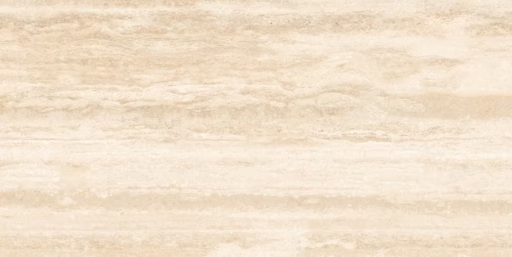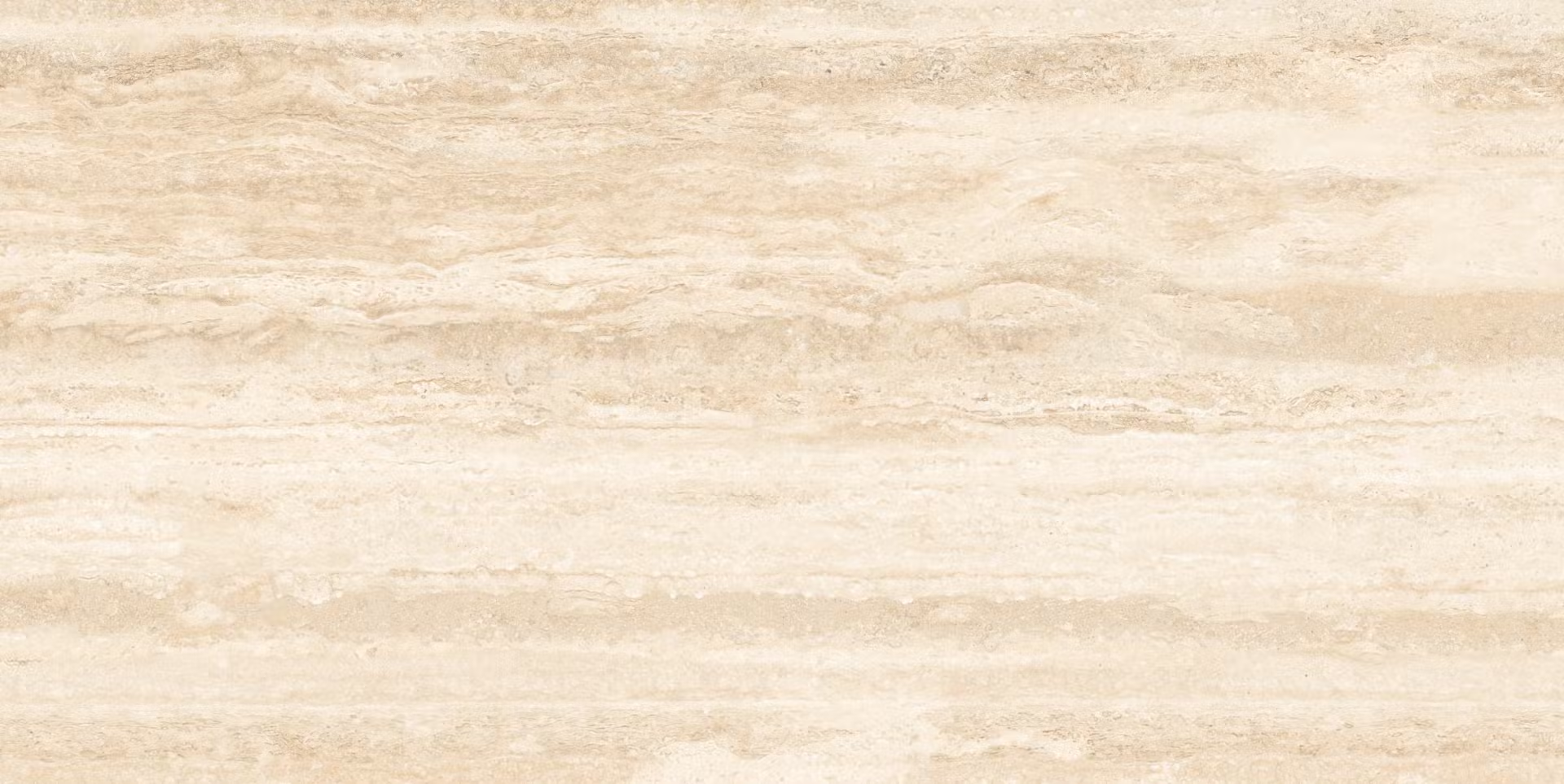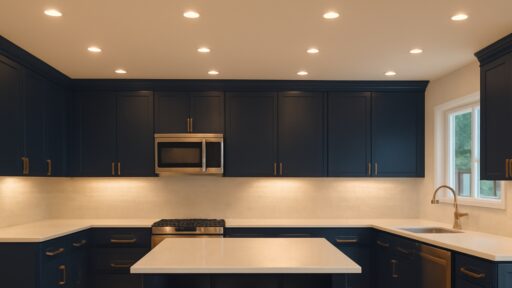Designers and homeowners have long admired travertine for its understated beauty and natural charm. This natural stone is used widely in traditional and modern architecture and offers more than just visual appeal. Formed from limestone deposits in mineral-rich waters, travertine combines aesthetic value with functional strength, making it a desirable material for many construction and design projects.
Understanding Its Reliability
Among natural stone options, travertine tiles are known for their earthy tones, porous texture, and structural reliability. Created in mineral springs and limestone caves, they develop through the accumulation of calcium carbonate over time, resulting in layered patterns and unique textures.
Available in polished, honed, brushed, or tumbled finishes, travertine suits various design styles—from rustic to modern. This versatility and timeless appeal make travertine a popular choice for indoor and outdoor surfaces.
Versatility in Application
Due to their adaptability, textured stone tiles suit a variety of residential and commercial spaces. Indoors, they add texture and a naturally cool feel to kitchens, bathrooms, hallways, and living areas. They also bring understated elegance to office floors, retail spaces, and reception areas in commercial settings.
Outdoors’ resistance to heat and ability to stay cool underfoot make them ideal for pool surrounds, patios, and garden paths. Tumbled or brushed finishes enhance slip resistance, making them practical for wet or high-traffic zones.
Common applications include:
- High-traffic flooring in residential and commercial spaces
- Kitchen backsplashes and wall cladding
- Shower walls and bathroom surrounds
- Outdoor patios, pool decks, and steps
- Fireplace facings and garden walkways
Its ability to transition seamlessly from interior to exterior areas helps maintain a consistent design flow throughout a property.
Durability and Long Lifespan
Travertine is valued for its strength and long-lasting performance. Although not as hard as granite, it holds up well in high-traffic environments and endures daily wear with proper care. When installed correctly, it resists cracking and chipping, offering a stable, dependable surface in residential and commercial settings.
Its tolerance to extreme temperatures and changing weather conditions makes it suitable for outdoor use in diverse climates. Unlike some synthetic materials that may warp or deteriorate over time, travertine maintains its structure. When sealed and maintained, these tiles can last for decades, making them a cost-effective and durable choice.
Ease of Maintenance
Natural stone tiles are easy to maintain with simple care. Regular sweeping or vacuuming removes dust, while mopping with a neutral-pH cleaner keeps the surface clean. For deeper care and to extend the life of the tile, explore specialised travertine cleaning services and techniques. Harsh or acidic products should be avoided, as they can harm the stone and its sealant.
Resealing is advised in areas like kitchens and bathrooms to prevent stains and water absorption. Sealed tiles resist moisture and help reduce mold or mildew. Travertine is a practical choice for those wanting a natural stone that’s low-maintenance and elegant.
Aesthetic Appeal and Unique Patterns
Natural stone tiles offer natural elegance through their soft, earthy tones, ranging from ivory and walnut to silver and gold. These tones complement a variety of design styles and add warmth to any setting.
Each tile is shaped over time by natural processes, resulting in veining, streaks, and pits. This variation gives every piece a distinct look, adding a character that manufactured tiles can’t replicate. Matte and textured finishes enhance their tactile appeal, bringing a grounded, organic quality to floors and walls.
Environmental Friendliness and Sustainability
As a natural material, travertine requires less industrial processing than many man-made tiles. This means lower energy use and minimal chemical treatments during production. Sourcing natural stone can help reduce environmental impact in construction, particularly when responsibly quarried and transported.
Natural stone tiles are also highly reusable. Off-cuts and reclaimed pieces can be repurposed in landscaping, mosaics, or as aggregate for other building materials, reducing waste. Additionally, travertine is biodegradable, offering an eco-conscious choice for projects focused on sustainable building practices.
Considerations for Selecting Quality Travertine
Choosing the right tiles involves checking key factors like finish, colour consistency, and structural quality. Higher-grade options usually have a more uniform look and better durability, simplifying installation and upkeep.
For larger projects or coordinated designs, confirm product details such as porosity, surface treatment, and suitable use areas. Trusted suppliers offer a wide range of finishes and grades to match different functional and style requirements. Reliable documentation also ensures the tiles meet any necessary standards, especially for builds needing structural compliance.
Key Benefits
These tiles offer a range of advantages that extend beyond their visual appeal:
- Natural insulation: Keeps spaces cooler in warm weather
- Slip resistance: Especially in tumbled or brushed finishes
- Wide design range: Neutral tones and distinct patterns suit various aesthetics
- Durability: Withstands heavy foot traffic and temperature changes
- Low maintenance: Simple cleaning and periodic sealing maintain longevity
- Eco-conscious: Sustainable and reusable as a natural stone product
These benefits contribute to the ongoing demand for tiles in modern and classic architecture, making them a trusted material in residential and commercial applications.
Travertine tiles combine natural beauty, functional strength, and sustainable qualities. With the right selection and care, they bring lasting value and timeless elegance to various spaces.








